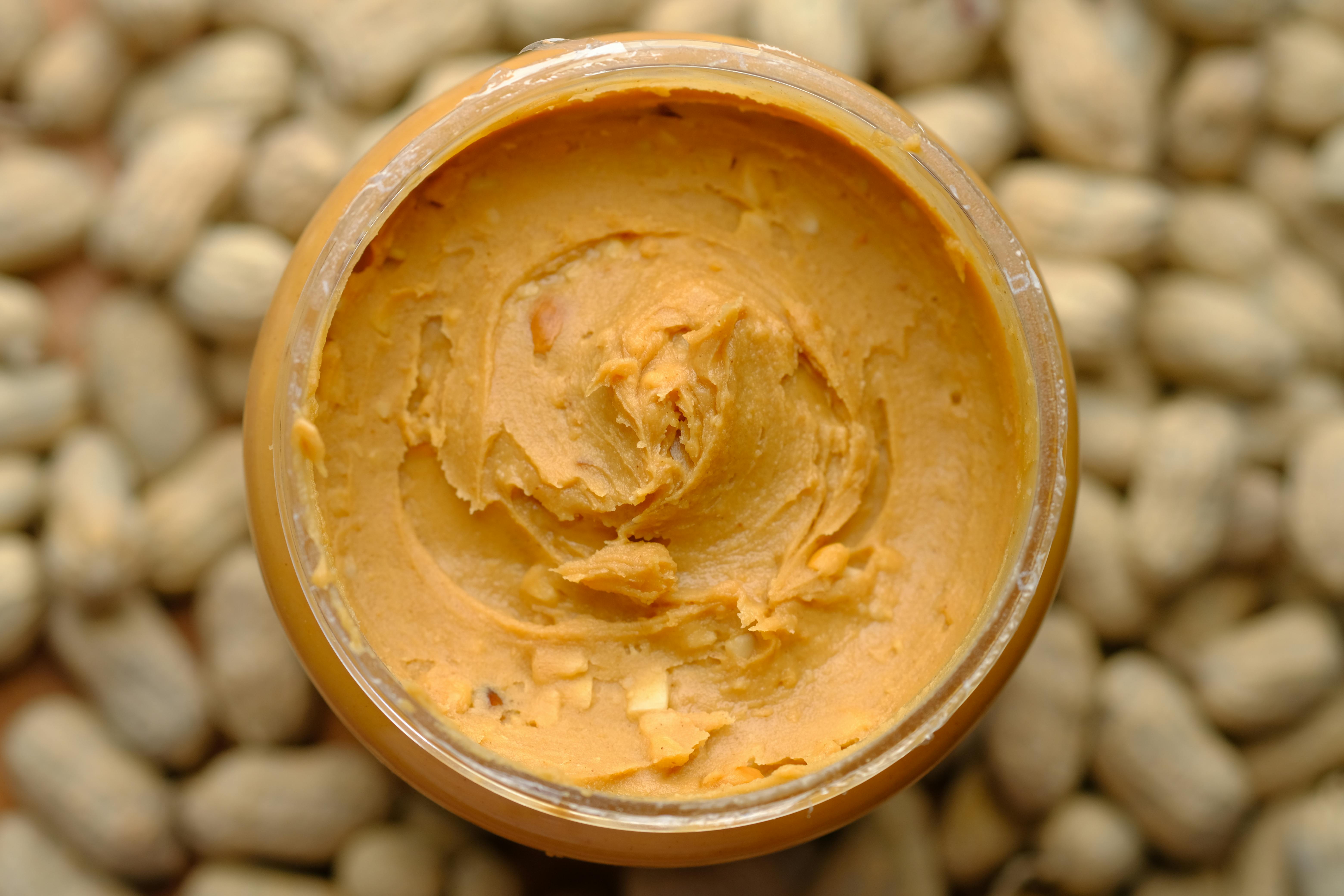Effective Ways to Improve Keto Bread Nutrition in 2025
The ketogenic diet continues to gain popularity as a method to lose weight and improve health. An essential element of this diet is finding suitable and nutritious alternatives to conventional bread. Keto bread, often made with low-carb ingredients such as almond flour, offers a delicious way to satisfy carb cravings while maintaining the dietary benefits of a high-fat, low-carb lifestyle. However, enhancing the nutrition of keto bread remains a challenge.
This article will explore effective ways to improve the nutritional profile of keto bread, focusing on **keto bread nutrition**, the benefits of various ingredients, and practical tips for making healthy low-carb options at home. As we delve into topics like bread alternatives and low sugar bread, you’ll discover how to create delicious recipes that align with keto guidelines while also promoting overall wellness.
By the end of this article, you will be equipped with valuable insights to elevate your keto bread game, turning it into a key part of your healthy meal prep. We will discuss **keto meal ideas**, review types of gluten-free bread, explore **easy keto bread recipes**, and provide recommendations for making **nutritious bread** that fits your lifestyle. Let's dive in and discover how to make the most of your keto bread journey!
Understanding Keto Bread Nutrition and Ingredients
When embarking on a keto diet, it's crucial to understand the nutritional implications of the ingredients used in keto bread. Traditional bread ingredients like wheat flour are high in carbohydrates, which can disrupt ketosis. Instead, keto bread uses alternative flours to achieve its low-carb profile. Almond flour is one of the most popular choices, providing healthy fats and protein.
**Nutrition Information**: One of the primary metrics to assess when considering keto bread is its carb count. Keto bread should have fewer than 5 grams of net carbs per serving to fit within daily keto carb limits. Additionally, pay attention to dietary fiber content, as fiber aids in digestion and helps maintain healthy blood sugar levels. For many, increasing fiber intake is beneficial, especially in low-sugar bread options.
**Best Flours for Keto**: In addition to almond flour, there are other options like coconut flour and flaxseed meal, which can serve as excellent alternatives by adding unique flavors and enhancing nutritional value. Each alternative has its unique protein content, fiber profile, and carb reduction. For example, flaxseed meal is rich in omega-3 fatty acids, offering a partial solution to the health benefits sought in low-carb diets.
Top Strategies to Enhance Keto Bread Nutritional Value
Having established the foundational aspects of keto bread nutrition, we can now explore practical strategies to enhance its nutritional profile. This applies to incorporating wholesome ingredients, optimizing the use of carbohydrates, and experimenting with flavors.
Incorporating Nutritious Add-Ins
One effective method to enhance keto bread is by adding nutrient-dense ingredients:
- Seeds and Nuts: Adding seeds like chia, sunflower, or pumpkin seeds increases the bread's fiber content and adds healthy fats.
- Vegetables: Incorporating grated zucchini or spinach increases the volume and nutrition without significantly raising the carb count.
- Protein Powders: Adding a scoop of protein powder can increase the protein density of the bread, supporting a balanced diet.
Experimenting with Yeast Alternatives
If your keto bread recipe allows for it, trying different yeast alternatives can make a significant difference:
- Baking Powder: Use baking powder for quick keto bread, providing a light, fluffy texture without the need for lengthy fermentation.
- Fermented Flours: Experimenting with fermented almond or coconut flour can introduce beneficial probiotics, contributing to gut health.
Making Delicious and Healthy Keto Sandwiches
Once you've mastered the art of keto bread baking, the next step is creating satisfying meals with healthy toppings. It's time to think about how to make keto sandwiches that are both delicious and nutritious. This requires a strategic approach to layering flavors and ingredients.
Choosing Healthy Fillings for Keto Sandwiches
While the bread is a crucial element, the fillings you choose significantly impact the nutritional profile of your keto sandwich. Consider these filling options:
- Lean Proteins: Turkey, chicken, and lean cuts of beef or pork provide essential protein for building muscle while keeping carb intake low.
- Healthy Fats: Incorporate avocado, cheese, or a low-carb spread like hummus made from avocado to increase healthy fat content.
- Fresh Vegetables: Leafy greens, cucumbers, and bell peppers add crunch and nutrition while contributing minimal carbohydrates.
Innovative Keto Sandwich Recipes
Creating a variety of keto sandwiches helps break the monotony of meal prep. Consider these ideas:
- Caprese Chicken Sandwich: Layer grilled chicken with fresh mozzarella, tomatoes, and basil on almond flour bread for a flavorful meal.
- Spicy Tuna Salad Wrap: Using low-carb tortillas or flaxseed wraps, combine tuna with avocado, celery, and hot sauce for a protein-packed lunch.
The Role of Meal Prep in Keto Bread Nutrition
Meal prepping is a cornerstone of a successful keto diet, enabling you to maintain control over your nutritional intake. When it comes to keto bread, incorporating bread into your meal prep routine can simplify your cooking while ensuring you're working with nutritious ingredients.
Batch Cooking Keto Bread
Making larger batches of keto bread can save time and ensure you always have a healthy option available. Here’s how to effectively batch cook:
- Freezing: After baking, slice and freeze your keto bread. This ensures quick access to slices when you need them for sandwiches or snacks.
- Experimenting with Flavors: Make variations of your bread, such as savory or sweet, which can provide different taste experiences and uses!
Planning Your Meals Around Keto Bread
To seamlessly integrate your keto bread into your meals, consider these strategies:
- Creating Weekly Menus: Incorporate your homemade keto bread into your meal plans, allowing for multiple uses throughout the week.
- Pairing with Nutrient-Filled Dishes: Complement your bread with protein-rich and vegetable-rich dishes to maintain a well-rounded diet plan.
Keto Baking Tips for Enhancing Nutrition
As you embark on your keto baking journey, a few key techniques can help you maximize nutrition in all your bread products:
Understanding Macronutrients in Keto Bread
It's essential to keep track of your macronutrient ratios when baking keto bread. Focus on balancing high fats, low carbs, and adequate protein content by considering the ratios before mixing ingredients. This approach ensures you don’t unintentionally exceed carb limits while focusing on your health goals.
Quality Over Quantity
Invest in high-quality ingredients. Choosing organic almond flour or fresh, local eggs can yield superior nutrition and taste in comparison to non-organic counterparts. High-quality ingredients often carry health benefits beyond just macronutrients.
Frequently Asked Questions About Keto Bread Nutrition
As keto bread gains popularity, many questions arise regarding its nutritional aspects and practical applications:
What is the nutritional difference between almond flour and coconut flour for keto bread?
Almond flour is higher in fat and protein, making it a great choice for low-carb baking, while coconut flour is lower in calories and absorbs moisture well, so you typically need to use less of it in recipes.
Can you make keto bread without eggs?
Yes, there are egg substitutes such as flaxseed meal mixed with water or chia seeds, which can help bind the ingredients together effectively in keto baking.
How do I know if my keto bread is nutritious enough?
Tracking macronutrient content is vital. Aim for a bread that is low in net carbs but high in fiber and healthy fats to ensure nutritional satisfaction.

Conclusion: Elevating Your Keto Bread Experience
Improving the nutrition of keto bread is a rewarding endeavor that can elevate your cooking and personal health journey. By understanding ingredients, trying nutritional enhancements, and employing effective meal prepping strategies, you can enjoy delicious, healthy, and satisfying keto-friendly bread. Remember that maintaining a balanced diet is crucial within the keto lifestyle, and exploring creative, nutritious bread options contributes to long-term adherence to your health goals.
As you experiment with different recipes and techniques, you’re bound to find unique combinations that resonate with your culinary preferences while delivering on nutritional value. Embrace the journey of keto baking and reap the numerous health benefits of delicious homemade keto bread!

